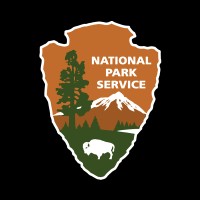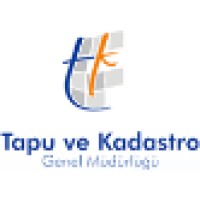Company Cyber Security Posture
NANA
NA Company Details
NA
NA
NA
NA
NA
NA
Scan still pending
NA
NA
Between 200 and 800
This score is AI-generated and less favored by cyber insurers, who prefer the TPRM score.
 NA Global Score
NA Global Score.png)

Company Scoring based on AI Models
| Model Name | Date | Description | Current Score Difference | Score |
|---|---|---|---|---|
| AVERAGE-Industry | 03-12-2025 | This score represents the average cybersecurity rating of companies already scanned within the same industry. It provides a benchmark to compare an individual company's security posture against its industry peers. | N/A | Between 200 and 800 |
Company Cyber Security News & History
| Entity | Type | Severity | Impact | Seen | Url ID | Details | View |
|---|
Company Subsidiaries

NA
Access Data Using Our API

Get company history
.png)
NA Cyber Security News
Northern Beaches Council seeking CISO
Sydney's Northern Beaches Council is looking for its first chief information security officer. Northern Beaches Council seeking CISO. Formed by ...
Sydney council votes for 40% rate hike
Northern Beaches Council in Sydney is facing community backlash after it narrowly voted in favour of seeking permission for a 40% rate increase.
Hunt for new boss after Northern Beaches Council’s chief quits
'Failure': Secret fall of Chili's Aus exposed ... A NOTE ABOUT RELEVANT ADVERTISING: We collect information about the content (including ads) you ...

NA Similar Companies

National Park Service
Most people know that the National Park Service cares for national parks, a network of over 420 natural, cultural and recreational sites across the nation. The treasures in this system – the first of its kind in the world – have been set aside by the American people to preserve, protect, and share t

South Lanarkshire Council
South Lanarkshire is a fantastic place to live and work. Situated at the heart of Scotland’s economic powerhouse, South Lanarkshire has so much to offer as a region to live, learn, raise a family, enjoy recreational activities and as a place for work and business. From the commercial and indust

County of Santa Clara
The County of Santa Clara is located at the southern end of the San Francisco Bay and encompasses 1,312 square miles. It has one of the highest median family incomes in the country, and a wide diversity of cultures, backgrounds and talents. The County of Santa Clara continues to attract people fro

General Directorate of Land Registry and Cadastre
The General Directorate of Land Registry and Cadastre (Tapu ve Kadastro Genel Müdürlügü) refers to the legislation regarding land registry and Cadastre in Turkey. Duties of General Directorate of Land Registry and Cadastre TO KEEP AND UPDATE LAND REGISTRY AND CADASTRE DATA OF THE COUNTRY UNDER

City of Tallinn
Tallinn is the capital of Estonia. The mission of the city organization is to make Tallinn the best place to live for the people staying here, the desired destination for people arriving here, and a good place of departure for people who start here. For this purpose, the management of Tallinn as a

eThekwini Municipality
EThekwini Municipality is a Metropolitan Municipality found in the South African province of KwaZulu-Natal. Home to the world-famous city of Durban. EThekwini is the largest City in the province and the third largest city in the country. It is a sophisticated cosmopolitan city of over 3 468 088 peop

Frequently Asked Questions
Explore insights on cybersecurity incidents, risk posture, and Rankiteo's assessments.
NA CyberSecurity History Information
How many cyber incidents has NA faced?
Total Incidents: According to Rankiteo, NA has faced 0 incidents in the past.
What types of cybersecurity incidents have occurred at NA?
Incident Types: The types of cybersecurity incidents that have occurred include .
Additional Questions
What Do We Measure?
















Every week, Rankiteo analyzes billions of signals to give organizations a sharper, faster view of emerging risks. With deeper, more actionable intelligence at their fingertips, security teams can outpace threat actors, respond instantly to Zero-Day attacks, and dramatically shrink their risk exposure window.
These are some of the factors we use to calculate the overall score:
Identify exposed access points, detect misconfigured SSL certificates, and uncover vulnerabilities across the network infrastructure.
Gain visibility into the software components used within an organization to detect vulnerabilities, manage risk, and ensure supply chain security.
Monitor and manage all IT assets and their configurations to ensure accurate, real-time visibility across the company's technology environment.
Leverage real-time insights on active threats, malware campaigns, and emerging vulnerabilities to proactively defend against evolving cyberattacks.




